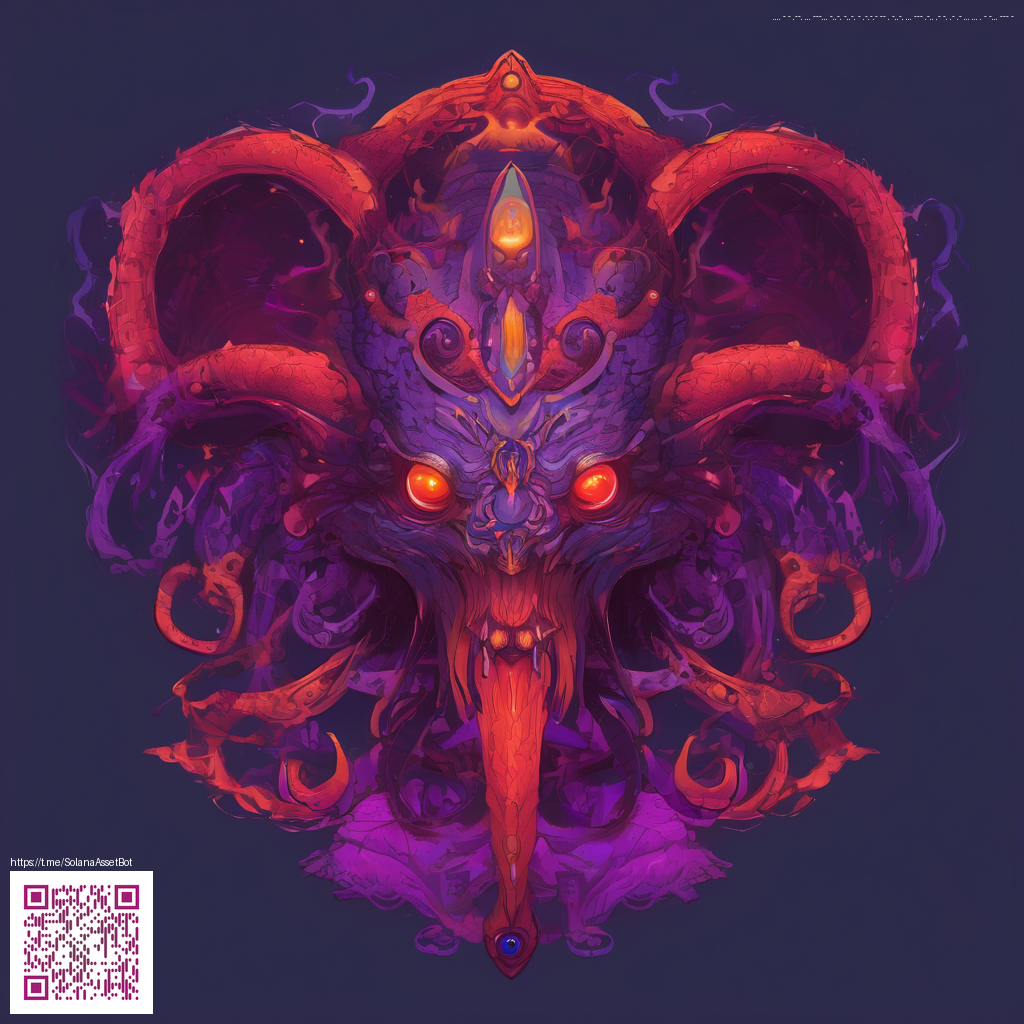DayZ's origins and the rise of survival multiplayer
When DayZ first hit the scene as a mod for ARMA 2 in 2012, it didn’t just add a new game mode to a military sim; it introduced a new social contract for multiplayer gaming. Players were no longer simply seeking high scores or rapid reflexes. They were navigating a shared world where every decision—trust, betrayal, rescue, or raid—could ripple across the server in real time. The concept of “survival multiplayer” was born from a simple premise: stay alive together or perish apart, amid scarcity, paranoia, and the ever-watchful presence of the undead.
“The core thrill of DayZ isn’t about who shoots first; it’s about the unpredictable, human-driven stories that unfold when resources dry up and danger is everywhere.”
What DayZ introduced to the genre
DayZ popularized several design pillars that would shape countless multiplayer survival experiences to come. Here are the elements that became industry touchstones:
- Persistent, shared worlds: Players operate in a single, evolving space where actions have lasting consequences, not just momentary victories.
- Resource scarcity and risk: Food, water, ammunition, and medical supplies are finite, forcing players to make tough choices about cooperation or competition.
- Open-ended social dynamics: Alliances emerge organically. Trust is scarce and valuable, while betrayal can be a survival tactic as much as a personal choice.
- Realistic player states: Hunger, thirst, injury, and disease add layers of tension that go beyond gunplay, requiring careful planning and patchwork problem solving.
- Emergent storytelling: The server becomes a stage for improvised narratives—rescuing strangers, forming temporary clans, or abandoning teammates in a pinch.
- Mod-to-standalone evolution: What began as a mod demonstrated the power of community-driven design, inspiring a wave of indie projects that borrowed its DNA while expanding beyond it.
Community, risk, and the ethic of cooperation
One of DayZ’s lasting contributions is how it reframed risk. In a world where every encounter could be fatal, players learned to read social cues, manage reputation, and balance suspicion with the potential payoff of teamwork. This shift helped fuel a broader movement in gaming—where the line between antagonist and ally is porous, and player choice drives the experience as much as the environment itself. The genre’s storytelling is often less about scripted moments and more about the shared moments that arise when people converge on a single, fragile objective—whether it’s finding medical supplies, securing a shelter, or simply surviving another day on the server.
As modern survival games matured, developers borrowed DayZ’s emphasis on realism and social vagaries. They embraced open-world exploration, fatigue and injury systems, and the tension of encountering other players who may help, barter, or backstab for their own survival calculus. The result is a gaming landscape where cooperation and competition coexist, and the thrill comes from the uncertainty of each encounter rather than a guaranteed victory.
Practical takeaways for players today
For players who want to dive into this lineage with practical mindset, consider how the design contours of DayZ translate to today’s titles. If you’re planning long sessions in remote environments, it helps to pair your strategy with reliable gear—like a rugged, protective device case that keeps your gear intact when you’re on the go. For example, a Tough Phone Case — Shockproof TPU/PC shell, Glossy Finish can offer peace of mind when you’re logging hours on the road or in outdoor settings, enabling you to stay connected to the evolving stories on the server without worrying about hardware damage.
From a design perspective, modern survival titles continue to honor DayZ’s core lesson: the most engaging experiences come from human interaction as much as environmental danger. When building your own play sessions or evaluating new releases, look for systems that reward careful social navigation—trading, forming temporary alliances, and planning around scarce resources. Those are the threads that tie together the early origins with today’s most compelling persistent worlds.
For readers curious about the historical arc and its ripple effects across the genre, a concise primer you can explore is linked here: https://101-vault.zero-static.xyz/f76ece1c.html. It offers a clear snapshot of how DayZ’s DNA influenced later multiplayer survival experiences, from mod communities to standalone experiments.
